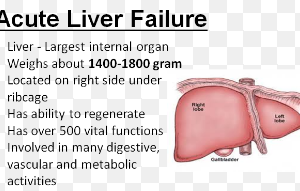
Exercised legs are very important for chronic heart failure patients.
Don’t assume that legs don’t matter just because they’re far from the heart.
Bad Legs = Bad Heart
A University of Leeds study shows that the degree of leg muscle dysfunction in people with chronic heart failure is directly related to symptom severity of the heart failure.
It’s easy to cast leg muscle dysfunction off as a natural consequence stemming from the breathlessness and easy fatigue of chronic heart failure.
But the researchers discovered that there may also be an intrinsic impairment of the leg muscles in these patients.
The Study
• Participants with chronic heart failure underwent a moderate activity warm-up, followed by measurements of their heart, lung and leg muscle responses to the exercise.
• Warm-up exercise raised the activity of skeletal muscle enzymes which control energy production.
• But…this response was lower in participants who had the most severe heart failure symptoms—and this showed that the CHF imposed an adverse situation on the normal function of their leg muscles.
“Many chronic heart failure patients complain of leg fatigue during exercise,” says Dr. Harry Rossiter in the report (Journal of Applied Physiology), “and this can prevent them from being active. Our study shows that by warming up properly, patients can improve oxygenation and performance of their leg muscles, which is beneficial in promoting exercise tolerance.”
Chronic heart failure does not directly impair leg function. Instead, the leg muscles don’t get adequate oxygen because the heart is failing to pump adequate amounts of blood.
“When your muscles don’t use oxygen well, it causes an uncomfortable burning sensation during activity,” explains Dr. Klaus Witte in the paper.
“The effect of a warm-up is to direct oxygen to the places that are going to need it, and make muscles ready to use it when you start exercising.”
It is not yet clear to what extent that leg exercise improves long-term survival, if at all, of people with chronic heart failure.
Certainly, stage of heart failure would be a factor in long-term outcomes. So would the condition of one’s legs.
Chronic heart failure is more likely to begin developing in old age, but old age is also when someone is more likely to be affected by osteoarthritis in the knees or develop problems with their hips or spine, impairing mobility.
Total knee and hip replacements aren’t always successful (though the vast majority are), and obesity will also impede the extent to which a person can exercise their legs.
What stands to be next is a study involving leg exercise (aerobics and strength training) in patients with all degrees of heart failure but also no impairments in musculoskeletal function (e.g., peripheral neuropathy, spinal stenosis, “bad knees”) that would interfere with leg workouts.
“Our main message is that exercise is safe and beneficial in patients with heart failure,” says Dr. Witte in the report.
“By warming up the leg muscles properly, exercise can be more comfortable and sustained for longer — affording great benefits for these patients.”









































